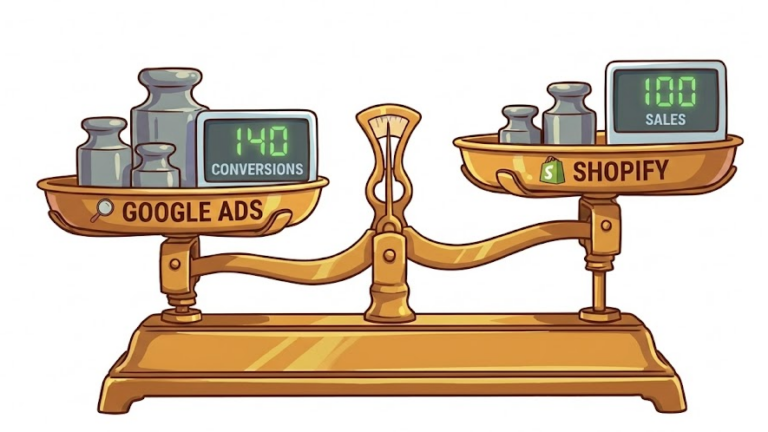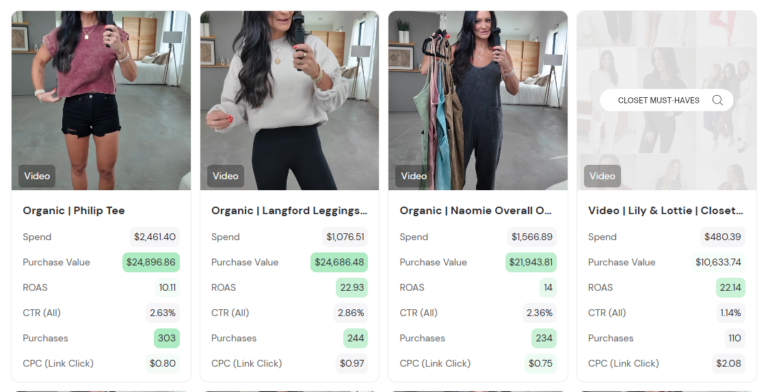You need to hear this: Google just rolled out a brand-new conversion action called “Branded Searches,” and it’s about to change how we track and prove the success of top-of-funnel campaigns.
If someone sees your ad and doesn’t click, but then goes and searches for your brand name later, that now counts as a conversion. It’s the first time we’ve been able to attribute brand intent directly from ad exposure without needing a direct response.
It’s already live in accounts as of July 23rd, but like most of Google’s quiet updates, it’s easy to miss unless you’re actively looking for it.
What’s Happening
This update introduces a new conversion that helps advertisers capture brand interest sparked by awareness campaigns. Instead of focusing only on direct clicks or conversions, Google now lets us see if people took that next step and searched for the brand after seeing an ad.
Here’s what’s included:
- New Conversion Type: “Branded Search” tracks when a user searches your brand after seeing your ad, even if they didn’t click.
- Applies to Multiple Campaigns: Works across YouTube, Performance Max, Demand Gen, etc.
- Flexible Attribution Window: Defaults to 7 days, but you can customize it up to 30 based on your sales cycle.
- Reporting-Only (For Now): Classified under “Consideration” goals, so it doesn’t influence bidding or optimization yet.
- Brand Mapping Required: You need to define which terms count as branded, or this metric won’t track at all.
This update finally gives you visibility into the part of the funnel that’s always been hardest to measure, how people respond when they don’t immediately click.
Why It Matters
Upper-funnel campaigns are historically hard to justify when they don’t drive immediate action. Now we have a better way to measure delayed intent and prove value beyond just last-click.
Here’s why it’s a big deal:
- Track Brand Recall: Proves that people remember your brand and go search for it after seeing your ad.
- Creative Validation: Helps you understand which creative drives actual interest, not just noise.
- Performance Comparison: Lets you compare upper-funnel campaigns by intent generated, not just by clicks.
- Budget Justification: Builds a stronger case for continued investment in awareness campaigns.
- Messaging Feedback: Low branded search volume = time to rework messaging, audiences, or visuals.
This is the missing measurement layer we’ve needed. It doesn’t replace conversions; it connects exposure to intent, and that gives you a clearer picture of what’s working.
Next Steps
This metric’s already active. But it only works if your account is configured to capture the data. Take a few minutes now to set this up, or you’re missing a critical performance layer.
Here’s what to do:
- Set Up Brand Mapping: Go into your Google Ads settings and tell Google which terms are considered branded for your business.
- Enable the Column: Add “Branded Search” to your reports so it becomes part of your regular performance tracking.
- Watch the Trend Line: Start tracking branded search volume weekly to see how campaigns influence interest.
- Adjust Attribution Window: Expand the default 7-day window if your customer journey takes longer to convert.
- Use as a Campaign Filter: Look at which campaigns increase branded search and use that to guide creative or audience shifts.
This update gives us access to real intent data tied directly to your ad efforts. No more guessing. No more hoping. Just clear feedback on how well your brand is landing.
Want help getting this set up and integrated into your strategy? Let’s get something on the calendar. We’ll walk through the setup and help you turn branded search into a growth lever.






no replies